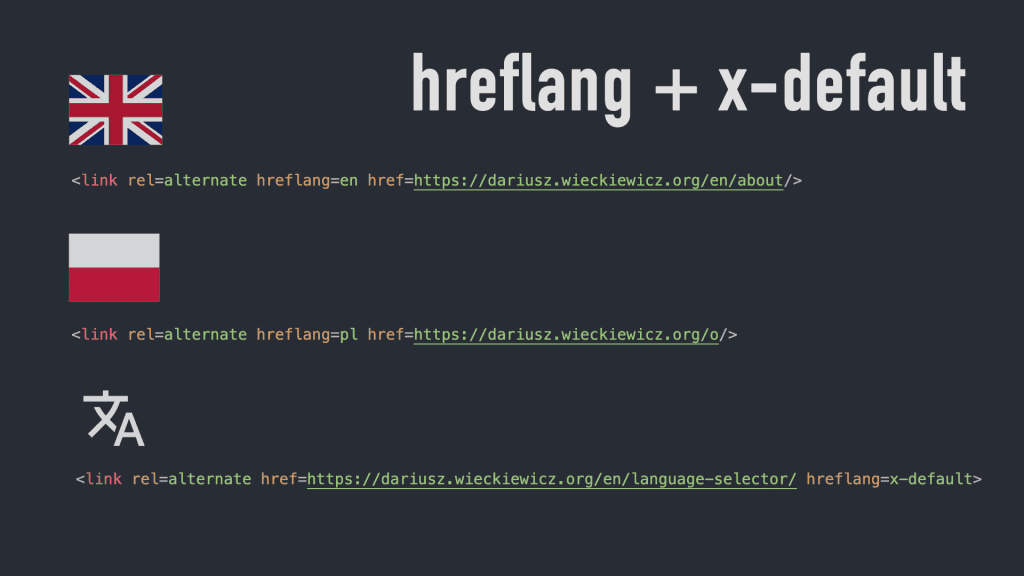
What is Multilingual SEO?
Multilingual SEO is the discipline of optimising a website to rank in more than one language, so that users searching in those languages can find your content organically. It differs from simple translation though. It involves localisation, technical implementation, and search-behaviour adaptation in each language. Winning at multilingual SEO opens doors: more markets, more traffic, better user experience. But many businesses attempt it naively by copying content and seeing their efforts penalised by search engines or ignored due to confusion. The key challenge: search engines don’t want redundant content. If your Vietnamese page is mechanically translated into English and presented almost word for word, search engines might see it as a poor duplicate, or at least they will struggle to discern which version to index or rank. You must give them signals to understand that these are alternate versions, not mere copies. We’ll explore those signals shortly, but first let’s review common pitfalls.Common Pitfalls in Multilingual SEO (and How Duplicate Content Arises)
Before getting into solutions, let’s expose the traps. If you avoid these, your multilingual strategy has a much better chance of success.1. Serving Multiple Languages on The Same URL
Some sites try to detect browser language or use cookies to swap language dynamically on the same URL. This is risky from an SEO standpoint since Googlebot might not see every variation, or may index only one version. Google recommends that each language live on its own URL so that crawlers can discover and index them properly.2. Blind Automatic Translation Without Human Review
Machine translation is useful as a baseline, but if you deliver content that is clearly automated (content with poor grammar or untranslated local idioms), you both degrade user experience and weaken SEO. Moreover, if multiple pages across languages have the same sentence structure or pattern, Google might treat them as near-duplicates.3. Copying SEO Tags and Metadata Without Localisation
If you translate page content but leave the title tags, meta descriptions, header structure, alt texts, URLs (slugs) unchanged, your translated pages look too similar in structure. That can signal to search engines that they are duplicates with minimal change. For example, leaving English keywords intact in a French page can confuse both users and crawlers.4. Missing or Misconfigured Hreflang or Alternative-Language Annotations
Even if you've properly translated content and assigned URLs per language, without proper linking between language versions, search engines may regard them as separate pages competing, or worse, might not serve the best version to the user. Misconfigured hreflang tags is one of the most frequent issues in international SEO.5. Over-Reliance on Canonical Tags Across Languages
Some webmasters attempt to deal with duplicate content by pointing a translated page’s canonical to the original language page. But unless done with care, this signals that the translation is not intended for independent indexing, effectively suppressing it. Use canonical within the same language (i.e. self-canonical), and use hreflang across languages.6. Mixing Boilerplate Text Across All Languages
Footers, disclaimers, menu links, cookie policies, or “About Us” blurbs that are identical across all languages create a level of duplication. While small boilerplate parts are expected, overusing them or repeating large chunks can weaken signal strength.Building a Robust Multilingual SEO Strategy
Now that we’ve seen what not to do, let’s map out how Saigon Digital would approach multilingual SEO for a client who wants to scale across languages, ensuring clarity, uniqueness, and clean signals for search engines.Step 1: Plan Your Language Scope and Content Scope
Before translation begins, you should decide:- Which languages (and, if needed, language + region variants) you will support.
- Which pages/content will be translated. (Often, you might begin with core pages rather than your entire site.)
- Level of localisation: will you adjust examples, metrics, dates, cultural references?
- Keyword research per language: don’t simply translate your existing keywords, run keyword research natively in each target language to find real user search terms in that language.
Step 2: Use Dedicated URLs Per Language
Always give each language version its own URL. You can consider these common approaches:- Subdirectories: e.g. example.com/en/…, example.com/vi/…
- Subdomains: e.g. en.example.com, vi.example.com
- Country-level domains: e.g. example.fr (if you have both language and country targeting)
Step 3: Translate Smartly, Localise Deeply
Translation is more than word substitution. To make each version unique:- Use native translators or localisation experts who understand nuance.
- Adapt examples, case studies, cultural references, currencies, measurement units.
- Vary content structure: reorder sections, expand certain parts, condense others to suit the audience.
- Localise internal linking (links to other pages in that language), images, captions.
- Localise metadata: titles, meta descriptions, H1s, alt texts. not just translate, but optimise using local keywords.
Step 4: Configure Hreflang / Alternate Annotations Thoroughly
This is the heart of signalling to search engines that your pages are language variants, not duplicates. Best practices include:- On every page in each language, include <link rel="alternate" hreflang="…" href="…"> tags pointing to all language versions including itself. A “self-reference” hreflang is essential.
- Use the correct ISO codes (language, optionally region). For example, en-gb, vi, th-th.
- Optionally include an x-default version for users who don’t match any language version.
- You can implement hreflang via <head> tags, HTTP headers, or XML sitemaps. The choice depends on your architecture, but do it consistently.
- Keep your hreflang links up to date as you add or remove pages. Missing or incorrect links are a frequent error.

Step 5: Use Canonical Tags Within Languages
Inside each language version, if you have pages with near-duplicate content (for example, multiple URLs in English), use rel="canonical" to point to the preferred one. However, avoid using canonical links from a translation to another language version. That signals to search engines that the translation is not a separate version. Therefore you should canonically refer to itself (self-canonical) unless the site structure has variants in that language.Step 6: Organise Internal Linking, Sitemaps, and Navigation Per Language
A strong multilingual SEO setup depends on clear internal linking, and the rule is simple: keep each language within its own ecosystem. English pages should connect only to other English pages, while Vietnamese pages should point to Vietnamese versions, ensuring users and search engines stay on the right track. To reinforce this structure, each language should be supported by its own XML sitemap, or by a single combined sitemap that includes hreflang annotations. This gives search engines a complete map of every translated page and how it relates to other versions, while excluding untranslated or duplicate URLs that could cause confusion. Finally, navigation plays a crucial role: every page should have a visible language switcher to give users control, but avoid automatic redirects based on IP or browser settings, as these can block crawlers from properly indexing your multilingual site.Step 7: Monitor, Audit, and Refine
Once your multilingual site is live, continuous oversight is essential:- Crawl your site in each language version using SEO tools (e.g. Screaming Frog, SEMrush) to detect hreflang misconfigurations, broken links, canonical issues, or orphan pages.
- Monitor organic traffic, positions, and bounce rates per language to see where improvements are needed.
- Refresh translations over time: if the original (master) version has been updated, plan equivalent updates.
Example in Practice: English / Vietnamese Version of A Service Page
Let’s say your SaaS company offers a “Customer Support Outsourcing” service and wants it in English and Vietnamese. The following should be how you structure the 2 versions of your website:- URLs
- English: example.com/en/customer-support-outsourcing/
- Vietnamese: example.com/vi/thuê-dịch-vụ-hỗ-trợ-khách-hàng/
- Translated and localised content
- In Vietnamese, change any examples to Vietnamese case studies.
- Localise currency, customer quotes, or law references.
- Restructure paragraphs as suitable for Vietnamese reading habits.
- Metadata
- English title: “Customer Support Outsourcing Services – YourCompany”
- Vietnamese title: “Dịch Vụ Thuê Ngoài Hỗ Trợ Khách Hàng – YourCompany”
- Meta description, H1, alt texts all localised and optimised for each language’s search patterns.
- Canonical tags
- On the English page, canonical points to itself.
- On the Vietnamese page, canonical points to itself — not to the English version.
- Internal links
- English page links to other English pages (e.g. /en/pricing/, /en/contact/).
- Vietnamese page links to other Vietnamese pages (e.g. /vi/gia/, /vi/lien-he/).
- The language switcher is available, but not enforced.
- Sitemaps / indexing
- Submit both language URLs in the sitemap, with hreflang annotations if using a combined sitemap.
- Ensure that untranslated/unintended duplicates are not in the sitemap or blocked from indexing.





